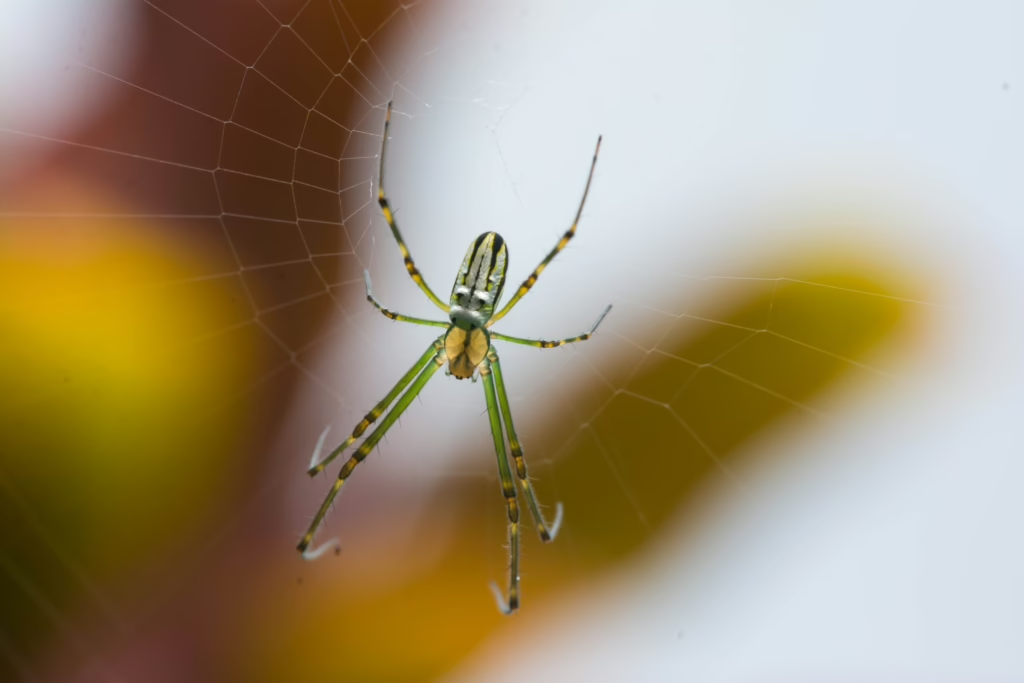Few things send a shiver down the spine faster than spotting a spider scurrying across your floor. While most house spiders are harmless, the desire to keep these eight-legged intruders out of our homes is perfectly understandable. The good news? Preventing spiders isn’t about setting endless traps; it’s about understanding what attracts spiders indoors in the first place. By knowing their preferences and entry points, you can make your home a far less appealing destination for these often-unwanted guests.
How Spiders Enter Your Home
Spiders are incredibly adept at finding their way into your house. They can easily slip through obvious openings like gaps under doors, torn window screens, or open windows without screens. Their small size also allows them to exploit tiny cracks, unsealed holes around utility entry points, and even air vents if not properly secured with fine mesh. Think of it as a spider-proofing checklist for your home’s perimeter.
Environmental Factors and Spider Attraction: What Attracts Spiders in the House?
Several environmental factors contribute to what attracts spiders in the house. Understanding these can significantly aid in prevention.
Weather Changes
Weather fluctuations are a significant driver of spiders indoors. Spiders have adapted to indoor living and generally prefer warmer, more stable temperatures. When outdoor conditions become too harsh, whether due to a sudden drop in temperature or extreme heat, spiders will seek refuge inside your home, escaping the scorching sun or seeking warmth.
Presence of Other Pests: What Are Spiders Attracted To?
Perhaps the most crucial factor in what attracts spiders is the presence of other insects. Spiders are predators, and a readily available food source—other pests—will make your home highly appealing. If your house is teeming with other insects like flies, mosquitoes, ants, or silverfish, spiders will likely follow. In essence, managing general pest issues is often the most effective spider prevention strategy, as pest control truly is spider control. This is a primary answer to what are spiders attracted to: their prey.
Ideal Living Conditions for Spiders
Spiders are drawn to specific types of environments within and around your home, highlighting what attracts spiders to particular spots.
Dark, Isolated, and Cluttered Spaces
Spiders prefer dark, undisturbed, and isolated areas because they feel safe from predators, it’s easier to ambush prey, and they can build undisturbed webs. Common indoor havens include crawl spaces, garages, and basements. Outdoors, you might find them in sheds, woodpiles, and overgrown vegetation. These quiet, hidden spots provide easy access to food and water, as well as crucial hiding places from perceived threats. Clutter also offers desirable shelter for spiders, directly answering what are spiders attracted to in terms of shelter.
Moisture and Dryness Preferences
While many common house spiders can adapt to various surroundings, some species have specific preferences, indicating variations in what attracts spiders. Cellar spiders, for instance, are attracted to moisture and are often found in basements and other damp areas. Conversely, spiders like the brown recluse prefer drier climates, often hiding in attics and closets. Despite these variations, many common house spiders can live their entire lives indoors.
Indirect Attraction: Light
While spiders aren’t directly attracted to light, their primary food sources—other insects—often are. Exterior lights can draw a multitude of insects to your home’s perimeter, which in turn draws spiders looking for an easy meal. This is an indirect but important factor in what attracts spiders in the house.
Preventing Spiders in Your Home: An Actionable Guide
Preventing spiders largely involves limiting their entry points, reducing their food sources, and eliminating desirable hiding spots. Understanding what attracts spiders is the first step in effective prevention.
1. Sealing Entry Points
- Inspect and Seal: Thoroughly inspect and seal cracks in your home’s foundation, around pipes, and utility lines using caulk or expanding foam.
- Door and Window Care: Install door sweeps on all exterior doors to eliminate gaps underneath. Repair any damaged window or door screens, or install new ones if missing.
- Vent Covers: Cover attic, crawl space, and dryer vents with fine mesh screens to prevent entry.
2. Reducing Food Sources (Pest Control)
- Clean Regularly: Regularly vacuum and sweep floors to remove crumbs, food debris, and insect eggs.
- Food Storage: Store all food, including pet food, in airtight containers.
- Address Moisture: Fix any leaky pipes, dripping faucets, or damp areas in basements and crawl spaces. Reducing moisture attracts fewer general pests, which means fewer spiders. This directly impacts what attracts spiders in the house by removing their food source.
3. Eliminating Harborage and Hiding Spots
- Declutter: Declutter basements, attics, garages, and closets. Store items in sealed plastic bins instead of cardboard boxes, and keep them off the ground.
- Exterior Maintenance: Keep firewood, compost piles, and dense vegetation away from your home’s foundation. Trim shrubs and trees so that branches do not touch the house, creating bridges for spiders.
- Gutter Cleaning: Regularly clean out gutters and downspouts to prevent water buildup and potential damp hiding spots.
While these DIY tips are highly effective, persistent spider problems, or concerns about identifying potentially venomous species, may require professional intervention. For thorough inspections, targeted treatments, and long-term prevention strategies, please do not hesitate to give us a call.

